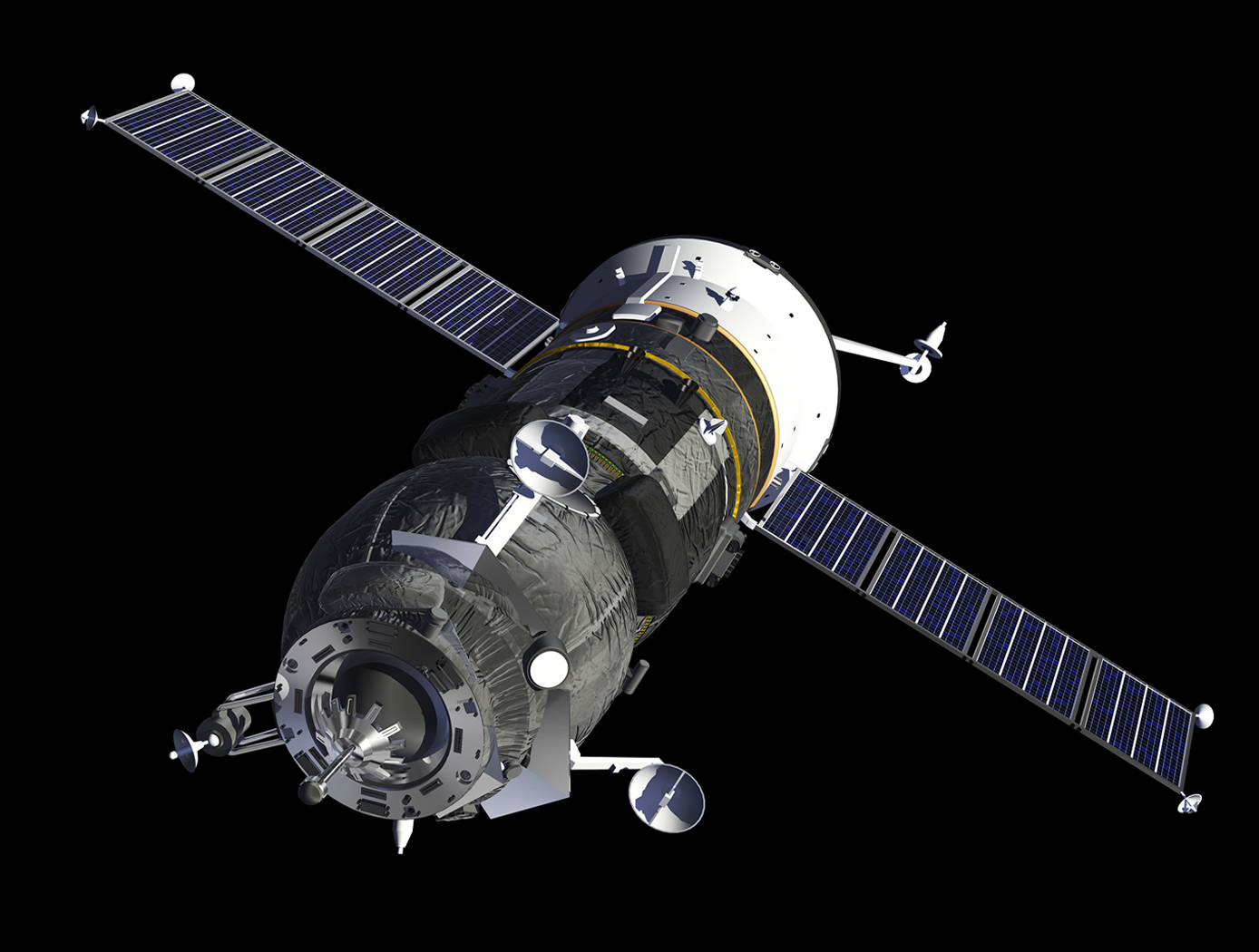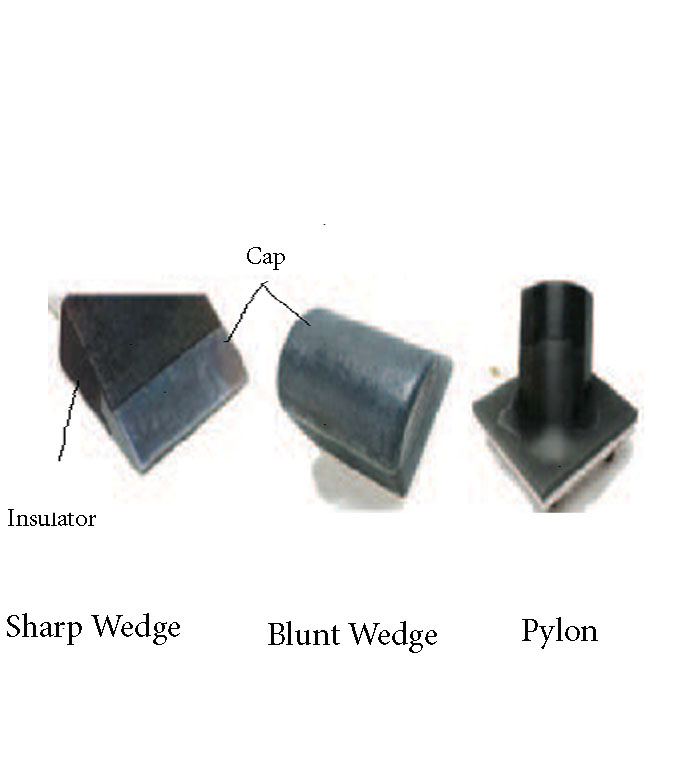Thermal protection supplement for reducing interface thermal mismatch
materials and coatings
Thermal protection supplement for reducing interface thermal mismatch (TOP2-241)
Re-usable Thermal Protection Systems (TPS) technology
Overview
NASA has a new innovation that represents an exciting leap forward in reusable thermal protection systems (TPS) technology. The Toughened Uni-Piece Fibrous Reinforced Oxidation-Resistant Composite (TUFROC) allows for much more affordable and sustainable operations involving Space Launch Services and other systems that utilize Earth re-entry vehicles. TUFROC has an exposed surface design and appropriate materials combination that will allow a space vehicle to survive both the mechanical stresses of the initial ascent and the extreme heating and stress of re-entry. It provides a thermal protection tile attachment system that is suitable for application to a space vehicle leading edge and for other uses in extreme heating environments (up to 3600 degree F., and possibly higher, for short time intervals).
The Technology
The invention includes an exposed surface cap with a specially formulated coating, an insulator base adjacent to the cap with another specially formulated coating, and one or more pins that extend from the cap through the insulator base to tie the cap and base together through ceramic bonding and mechanical attachment. The cap and insulator base have corresponding depressions and projections that mate and allow for differences in thermal expansion of the cap and base. The cap includes a high-temperature, low density, carbonaceous, fibrous material whose surface is optionally treated with a High Efficiency Tantalum-based Ceramic Composite (HETC) formulation, the fibrous material being drawn from the group consisting of silicon carbide foam and similar porous, high temperature materials. The insulator base and pin(s) contain similar material. The mechanical design is arranged so that thermal expansion differences in the component materials (e.g., cap and insulator base) are easily tolerated. It is applicable to both sharp and blunt leading edge vehicles. This extends the possible application of fibrous insulation to the wing leading edge and/or nose cap on a hypersonic vehicle. The lightweight system comprises a treated carbonaceous cap composed of Refractory Oxidation-resistant Ceramic Carbon Insulation (ROCCI), which provides dimensional stability to the outer mold line, while the fibrous base material provides maximum thermal insulation for the vehicle structure. The composite has graded surface treatments applied by impregnation to both the cap and base. These treatments enable it to survive in an aero-convectively heated environment of high-speed planetary entry. The exact cap and base materials are chosen in combination with modified surface treatments and a specially formulated surface coating, taking into account the duration of exposure and expected surface temperatures for the particular application.


Benefits
- Flight tested
- Survives high heat fluxes 3600 degree F. and above
- Light weight
- Modular, therefore easily replaceable
- Low cost to fabricate and maintain
- Easier to design - can be fabricated and tested in various configurations
- Reusable thermal protection system
- Provides a composite insulating structure
Applications
- Reentry vehicles
- Aircraft
- Spacecraft
- Turbine engines
- Race cars
- Automobiles
- Heating elements for furnaces
- Any application that require thermal protection surfaces


